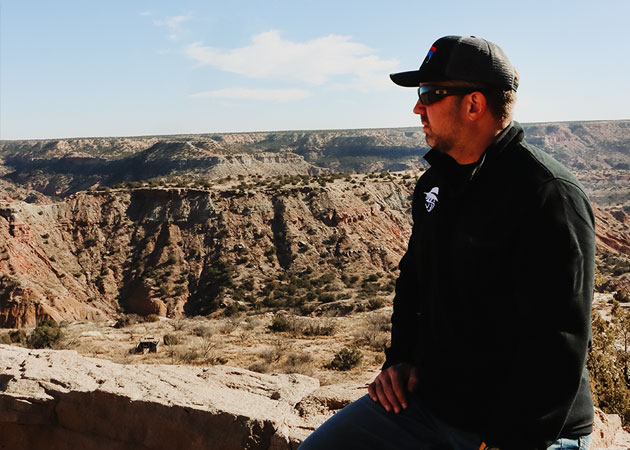What is an Exotic? According to the Texas Parks and Wildlife Department, “The term exotics in Texas refers to medium to large-sized nonindigenous or non-native mammals and birds that landowners have introduced onto Texas ranches and properties in either a confined or free-ranging status. Most of the common species of exotic mammals currently found on Texas ranches fall under one of the following three major scientific families:
- Cervidae (deer),
- Bovidae (cattle and antelope), and
- Equidae (horses and zebras).
Exotic birds most likely to be encountered on Texas ranches are the large, flightless species classified as Ratites (the ostrich from Africa, emu from Australia, and rhea from South America).
How Many Exotics in Texas are there?
A statewide survey of landowners, conducted by the Wildlife Division of the Texas Parks and Wildlife Department in 1988, resulted in an estimated 164,257 animals of 67 different species of exotics, with 90,400 animals confined behind fences and 73,857 animals free-ranging (able to move freely from one ranch to another). And that all just started in 1930, when the King Ranch released nilgai antelopes in South Texas.
Where are Most of the Exotics in Texas Found?
The Texas Parks and Wildlife Department survey revealed that exotic species reside in 137 of the 254 counties in the State and on 486 ranches totaling 2,361,744 acres. Additionally, you can find that 68% of Exotics In Texas reside in the Edwards Plateau (Texas Hill Country) region.
Do Exotics Have a Negative Impact on Our Native Wildlife?
The impact on native wildlife comes from competing for food. Wildlife and animal health professionals expressed concerns since the early days of exotic introductions. Suppose rangeland is already at the point of saturation with native wildlife and domestic livestock. In that case, adding additional animals with similar diets or cover requirements will lead to increased habitat depletion and a corresponding decline in the animal populations less able to adapt to the stressful conditions.
The Texas Parks and Wildlife Department recognizes the fact that certain species of exotics represent a valuable asset for Texas landowners. However, the Department also realizes that, under certain situations, these exotic species pose a definite threat to native habitats and native wildlife. Wherever these conflicts occur, it is the responsibility of the Texas Parks and Wildlife Department to ensure or encourage the continued health and existence of the native wildlife populations.



